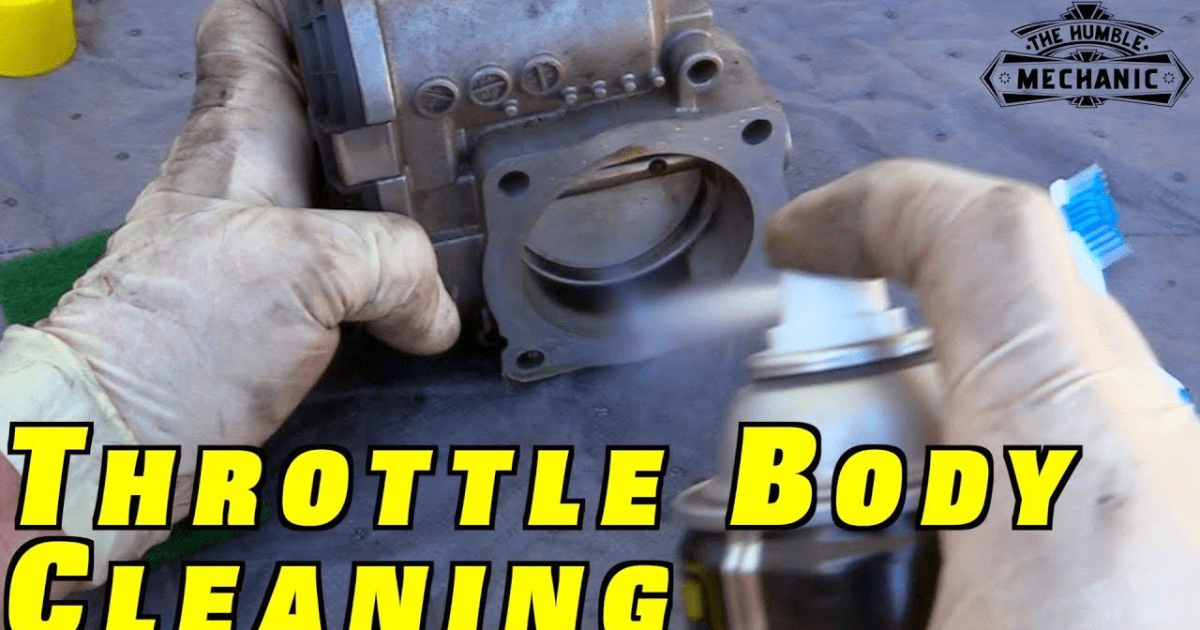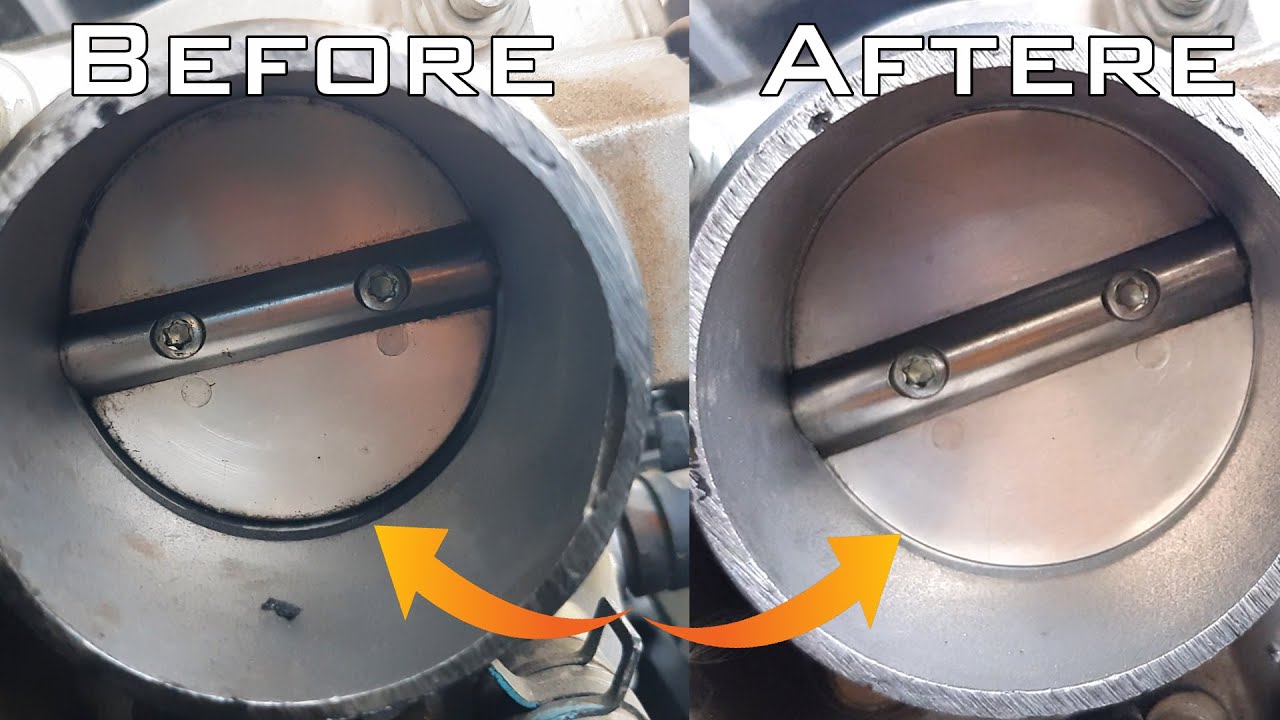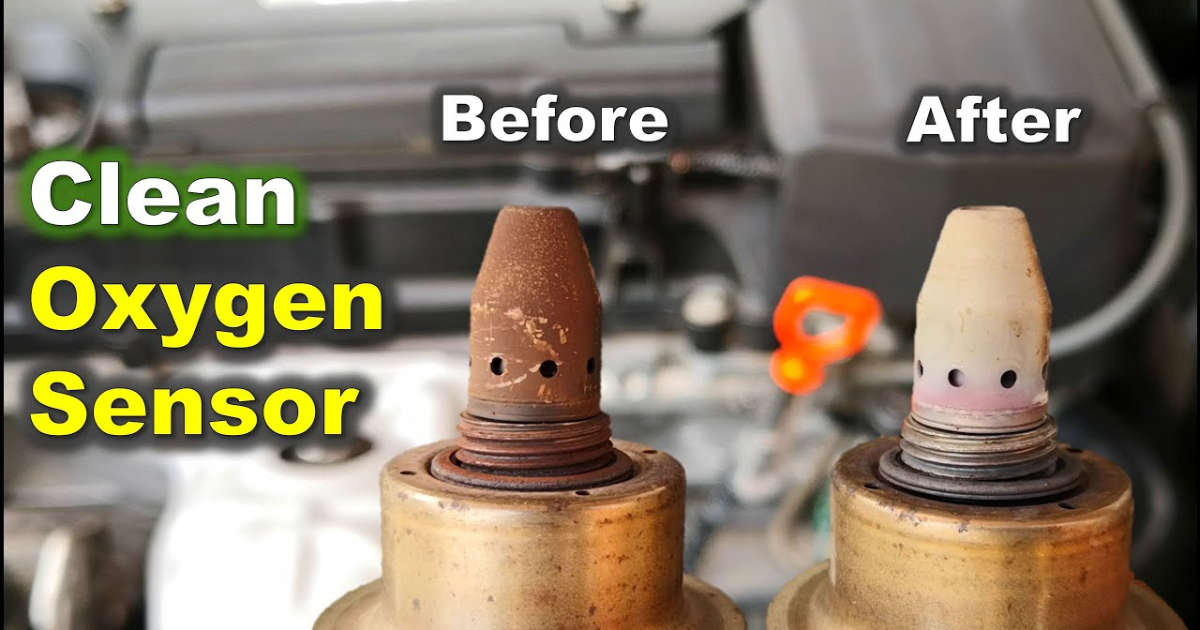A dirty throttle body can negatively impact your vehicle’s engine performance, causing issues like rough idling, poor acceleration, and reduced fuel efficiency. Cleaning the throttle body every 30,000 miles can help prevent these problems and improve your vehicle’s overall performance. This guide will walk you through the steps to clean your throttle body at home using basic tools and materials.
Identifying the Signs of a Dirty Throttle Body
Before diving into the cleaning process, it’s essential to recognize the signs of a dirty throttle body. Some common indicators include:
- Rough or erratic idle
- Poor acceleration or hesitation
- Reduced fuel economy or increased emissions
- Stalling or hard-starting
- Check engine light or trouble codes
Steps to Clean the Throttle Body
Now that you’ve identified the need for a throttle body cleaning, follow these steps to complete the process:
- Gather the necessary tools and materials: You’ll need a throttle body cleaner spray, a rag or shop towel, a soft-bristled brush or old toothbrush, a screwdriver or wrench set, gloves, and eye protection.
- Locate the throttle body: The throttle body is usually located on top of the engine, near the air filter box. Follow the large air intake hose that connects the air filter box to the engine and find the throttle body at the end of it.
- Disconnect the battery: Before starting the cleaning process, disconnect the negative terminal of the battery to avoid any electrical problems or damage to the electronic components.
- Remove the air intake hose: Loosen the clamp that secures the air intake hose to the throttle body and pull it off. You may need to disconnect some sensors or vacuum hoses attached to the hose as well.
- (Optional) Remove the throttle body: Depending on your vehicle model and preference, you may choose to remove the throttle body from the intake manifold for easier access and cleaning.
- Open the throttle valve: The throttle valve is the metal flap that rotates inside the throttle body when you press or release the accelerator pedal. Open it fully using a screwdriver, have someone else press and hold the accelerator pedal, or use a scan tool if your vehicle has an electronic throttle body.
- Spray the throttle body cleaner: Using a throttle body cleaner spray, cover all areas where dirt and deposits may have accumulated.
- Clean with a rag and a brush: After letting the cleaner soak for a few minutes, wipe off the loosened dirt and deposits using a rag, paper towel, or shop towel. Use a soft-bristled brush or old toothbrush to scrub any stubborn areas or hard-to-reach spots.
- Reinstall everything in reverse order: After cleaning, reinstall everything in reverse order of removal, ensuring all sensors, hoses, cables, and connectors are properly and securely reconnected.
- (Optional) Reset and relearn the throttle body: If your vehicle has an electronic throttle body, you may need to reset and relearn its position using a scan tool after cleaning it.
Conclusion
Cleaning the throttle body is a simple maintenance task that can significantly improve your vehicle’s performance, fuel efficiency, and drivability. By following these steps, you can perform a thorough cleaning of your throttle body at home with basic tools and materials. Regular throttle body cleaning can help ensure your vehicle continues to operate smoothly and efficiently.




